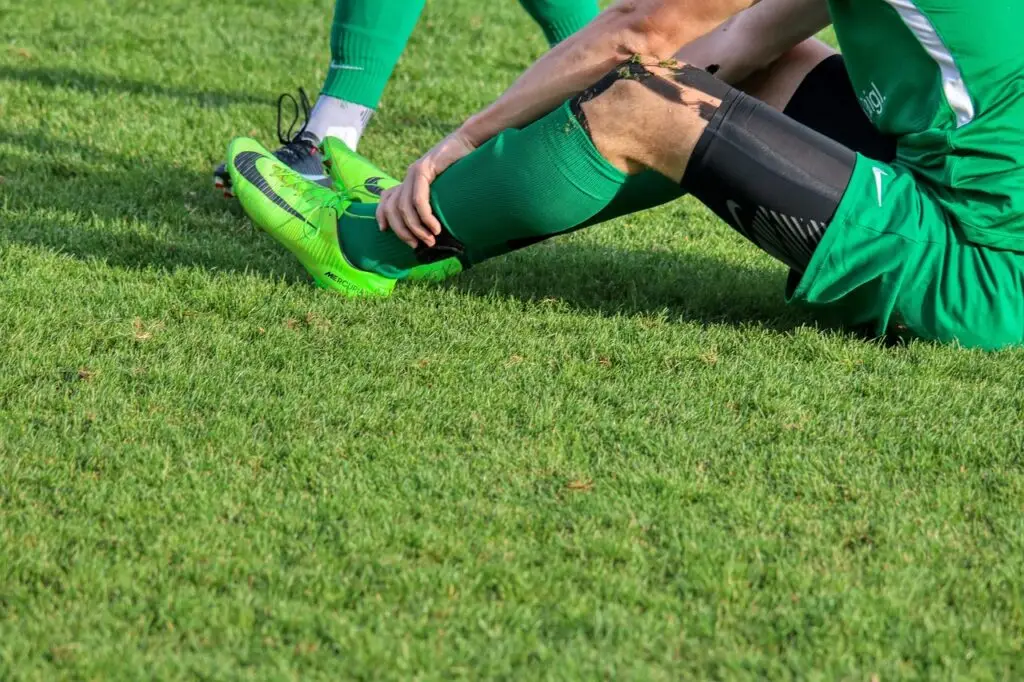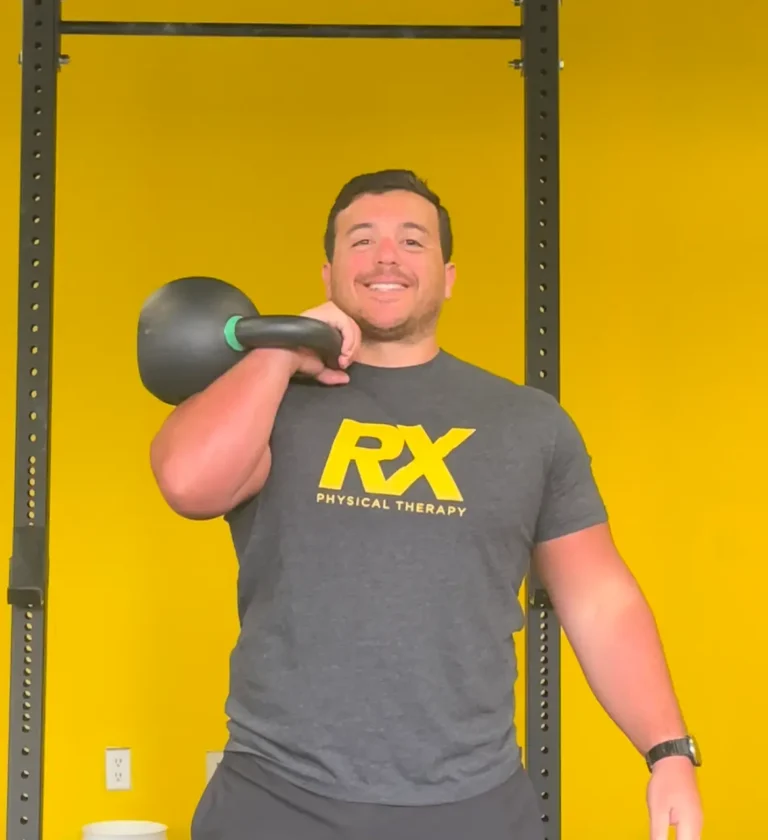Sports rehabilitation plays a crucial role in the life of most athletes after an injury. It gives people hope when it is challenging to return to optimal physical condition.
This article presents information about common injuries and the role rehab plays in recovery. It also highlights the physical therapy treatment techniques required for healing. Furthermore, you will learn about strategies for treating specific injuries, preventive measures, and sports rehab challenges.
Common Sports Injuries
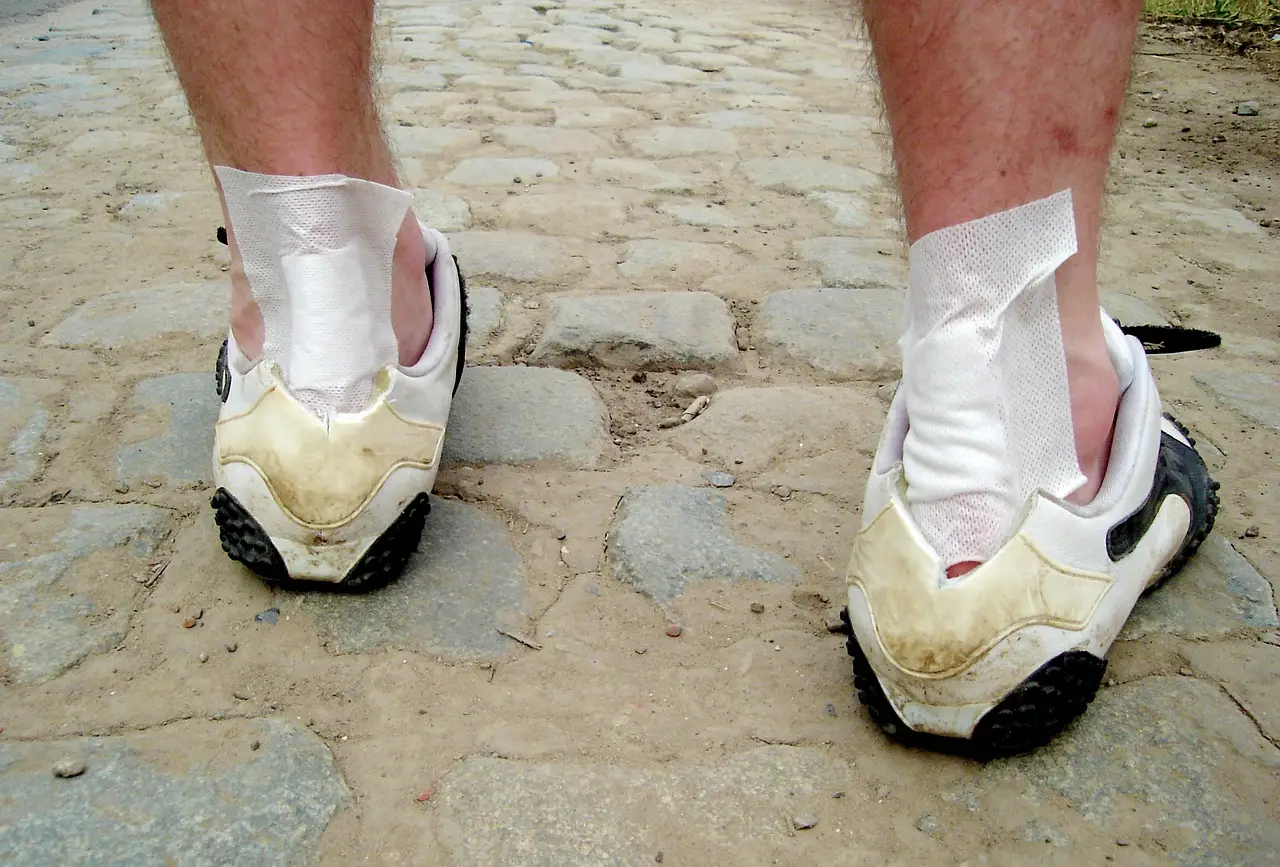
To appreciate the role of sports rehabilitation, you should learn about common sports injuries highlighted below.
Sprained Ankle
A sprained ankle occurs when you suddenly turn, twist while in motion, or awkwardly land.
In either case, the ligaments supporting your ankle experience a tear or stretch. This problem can frequently occur if you play football or basketball.
Strained Muscles
Refusing to warm up or using an improper technique increases your chances of straining your muscles. Strained muscles are mostly accompanied by sharp pain from a stretch or tear in your muscle fibers. As such, you are at higher risk of sustaining this problem if you sprint or play tennis.
Knee Injuries
Most athletes are at risk of developing knee injuries if they frequently stop or change direction when in motion. In most cases, your knee experiences excessive stress, which leads to ACL and meniscus problems, which may require long-term sports rehabilitation and physical therapy treatments.
Shoulder Injuries
If you play tennis, volleyball, or baseball, you may have experienced more than one shoulder injury. Usually, this problem occurs due to frequent overhead movements, falls, or blows directed at the shoulder joint.
Concussions
Direct blows to the neck, face, or head can lead to a concussion. Playing rugby, hockey, or football makes you at higher risk of this condition.
The Role of Sports Rehabilitation in Injury Recovery

Sports rehab is the number 1 solution for recovery from challenging injuries. It involves physical therapy treatment techniques, psychological approaches, and injury prevention tips to help an athlete heal from a physical problem.
Likewise, rehab is unachievable without a proper diagnosis of the issue. Highlighted below are the key goals that define every rehab approach.
- To facilitate healing and improve comfort by reducing and managing pain.
- To restore an athlete’s flexibility, strength, and range of motion to previous levels.
- To enhance performance by addressing biomechanical problems and strengthening the body, which prevents injuries and improves performance.
If you undergo sports rehabilitation, you should get the following benefits.
- Through therapies and targeted exercises, you can significantly accelerate your healing process. By extension, you should return to playing your favorite sport.
- It can reduce re-injury risks by mitigating injury underlying causes and strengthening affected areas.
- It can enhance your overall conditioning and fitness.
- When done correctly, rehab helps you overcome imbalances and weaknesses that make you injury-prone.
The Sports Rehabilitation Process

Rehab involves several stages as stated below.
Evaluation
This stage involves an assessment by a rehab expert who performs the following tasks.
- Assess the injury.
- Identify underlining factors.
- Determine the best physical therapy treatment approach.
If you require physical therapy in Wayne NJ, RX Physical Therapy is your number 1 rehab therapy clinic. This service gives you access to the best pain management services in New Jersey.
Treatment Planning
After evaluation, the specialist develops a custom treatment plan specifying therapies, exercises, and methods required during recovery.
Rehabilitation Exercises
Rehabilitation exercises are daily workouts designed to improve flexibility, range of motion, and muscle strength.
Progress Monitoring
Through progress monitoring, overall recovery is assessed. The result of the assessment may lead to treatment plan adjustment if required.
Sports Rehabilitation Techniques and Exercises
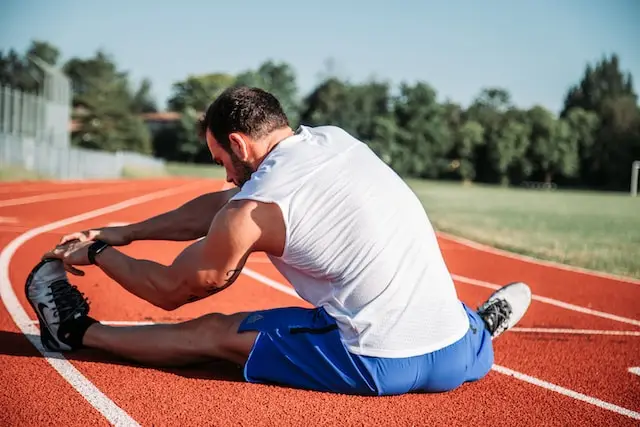
Sports rehab Techniques and Exercises refer to different techniques for managing injury recovery and optimizing performance. Each method or exercise addresses a specific issue, which includes a range of motion, strengthening, proprioception and balance, neuromuscular re-education, and cardiovascular conditioning exercises.
Range of Motion Exercises
If you have an injury, range of motion exercises helps restore mobility and flexibility through joint mobilization and stretching.
Strengthening Exercises
Strengthening exercises include bodyweight, weightlifting, and resistance training, which rebuilds stability and muscle strength by targeting injured areas and surrounding muscles.
Proprioception and Balance Training
With proprioception and balance training, you enhance body awareness, coordination, and balance by using single-leg exercises, stability balls, and balance boards. Also, this sports rehabilitation approach prevents injuries and helps you regain stability.
Neuromuscular Re-education
Through neuromuscular reeducation, you restore coordination and appropriate movement patterns caused by injury and muscular imbalances.
Cardiovascular Conditioning
Cardiovascular conditioning helps maintain cardiovascular fitness and endurance through low-impact activities like swimming, elliptical training, and cycling.
Sports Rehabilitation for Specific Injuries
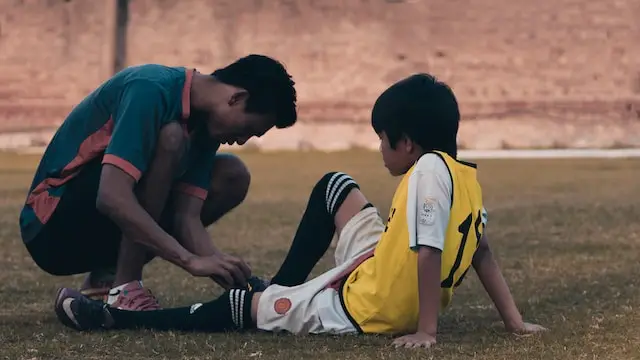
Sports rehab methods can help address specific injuries athletes encounter. Some of these injuries and rehab methods include the following.
- Ankle rehab focuses on regaining balance, stability, and strength of the surrounding muscles and ankle.
- To rehabilitate a faulty knee, you must do exercises that improve balance, enhance stability, and strengthen glutes, hamstrings, and quadriceps.
- Shoulder injuries are best resolved by promoting appropriate throwing mechanics through mobility, stability, and shoulder strength training.
- Hip injuries require functional movements and gait training to enhance stability, flexibility, and strength.
- If you suffer from a concussion, you will require balance exercises, cognitive rest, and a gradual increase in physical activities.
Sports Rehabilitation and Injury Prevention
Injury prevention can be achieved through sports rehab to reach optimal performance. To minimize injuries and enhance performance, you will want to resolve weakness, biomechanical issues, and imbalances through the following.
- Appropriate warm-up and cool-down exercises.
- Regular conditioning and strength training.
- Adequate recovery and rest.
- Appropriate form and sports techniques.
- Sports-specific conditioning and training.
- Use of injury recovery and preventative methods.
Challenges in Sports Rehabilitation
Rehab offers athletes several benefits. However, there are multiple challenges you must overcome if you wish to make a full recovery.
Complying with the prescribed program can be an issue, which slows your recovery and increases the chances of re-injury.
Although you may be consistent, insurance and funding problems can limit access to comprehensive programs, which may affect the effectiveness of a treatment you receive.
Conclusion
Sports rehabilitation is integral to injury recovery. To appreciate its role, you should learn about common sports injuries. You should understand the rehab process, techniques, and exercises for specific injuries. Likewise, it is crucial to understand the relationship between rehab physical therapy treatments and injury prevention. Finally, understanding the challenges you may face is always helpful.
Take a step now towards a pain-free life and schedule an appointment for physical therapy in Wayne, NJ, and Caldwell, NJ, today.

